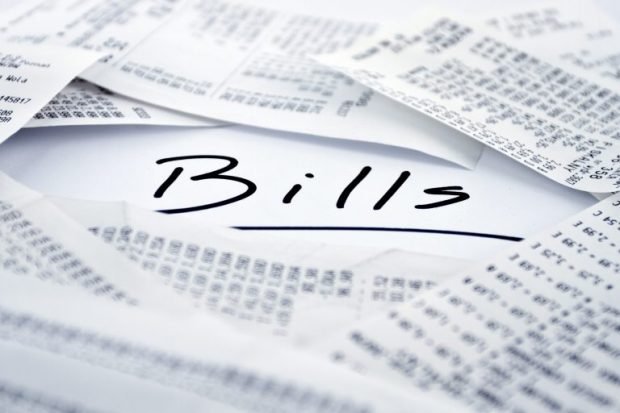Ask Cheapskate
You should see my email inbox. Yikes! It’s overflowing with questions, tips, stories, feedback, rebuttals and all kinds of love from you, my dear readers. Today, I’m making a tiny dent in the pile with these responses to a handful of your questions on auto leasing, homemade laundry detergent and more.
Dear Cheapskate: My wife and I are disagreeing. I want to lease a new car now because ours is old and paying for repairs is like flushing money down the drain. She wants to keep it until we can buy a better car. I hate car trouble and think peace of mind is something to be considered. I’m sure we can afford the payment, but she’s not. What should we do? — James
Dear James: I’d rather shove toothpicks under my fingernails than ever lease a new car again, which is another story, but enough about me.
Here’s my best advice: Do whatever you must to keep the old car running for now. Then, for the next 12 months, live as though you are making $400 monthly lease payments — but make those payments to yourselves. Don’t even think about being late, just as if you were under a stern leasing contract.
At the end of a year, you will have two things: a good idea of your comfort zone for big lease payments and $4,800 cash. Now you’ve got options.
No. 1: You can sell the clunker and buy a used car with the money; or No. 2: You can make a down payment on a newer car.
To me, buying a car is far better than jumping into a lease where you will spend a fortune and have nothing, not even a car, to show for it at the end of the lease period.
Thanks for writing and for calling me “Cheapskate.” As you may know, I used to be a world-class spendthrift (EverydayCheapskate.com/about), and that nearly ruined my life. Learning to live frugally turned my life around, so I wear that “cheapskate” moniker with pride and joy.
Dear Mary: I’m so confused about laundry products, particularly detergents. Are powders better than liquid? Is the word “ultra” just hype? Thanks. — Cindy
Dear Cindy: Here’s the scoop on laundry detergent: Typically, the word “ultra” means the product has been concentrated to fit into a smaller box. The problem is unless you read the label and carefully measure and experiment to find the least amount that works for you, you’ll probably dump in the same amount you have in the past. Not good.
A product that has fabric softener added isn’t going to clean or soften as well but generally is cheaper than buying two different products if you insist on using laundry softeners.
If a product says it has more stain fighters, it contains enzymes to dissolve stains better, but you’ll still have to pretreat heavy stains. Detergents with enzymes usually cost more than those without.
Typically, liquid detergents are more expensive and work better on greasy stains, but the cheaper powdered detergents are better on clay dirt and mud stains.
Both liquid detergent and liquid bleach will get a boost and work better if you add a half-cup of baking soda to the wash cycle, which means it’s possible you’ll be able to use less detergent. This is only cost-effective when your soda products are less per ounce than the detergent.
And now for my super-duper laundry detergent savings secret: I make my own homemade laundry detergent (EverydayCheapskate.com/laundry-detergent). Seriously. And it’s so cheap — about 5-7 cents per wash load. It has no perfumes or mystery ingredients and works better than any commercial laundry products I’ve purchased in the past.
Give it a try. I think you will be pleasantly surprised!
Dear Mary: We’ve been putting money in a 529 plan for our daughter’s college education for the past several years. She recently told us she wants to attend beauty school instead. Now that the surprise has worn off, we’re concerned about penalties when we withdraw the money. How much will we lose, and is there any way to avoid it? — Rebecca
Dear Rebecca: I’ve got great news for you! That 529 plan money can be used at any accredited trade or vocational school — not only colleges and universities — to pay for tuition, room, board, fees, books and supplies. If you have more in the account than the total cost of the vocational training and related costs, you can withdraw the balance.
Federal law imposes a 10% penalty on earnings for nonqualified distributions. This means that you will get back 100% of your principal and 90% of your earnings.
Another option is to change the beneficiary to another child or qualifying family member to keep the account going and avoid (or at least delay) taking nonqualified withdrawals if your daughter’s education doesn’t require those funds. Your particular fund may have additional provisions, so be sure to check with the fund manager.
Anyone can learn more about 529 college savings plans at SavingForCollege.com. Hope that helps!




